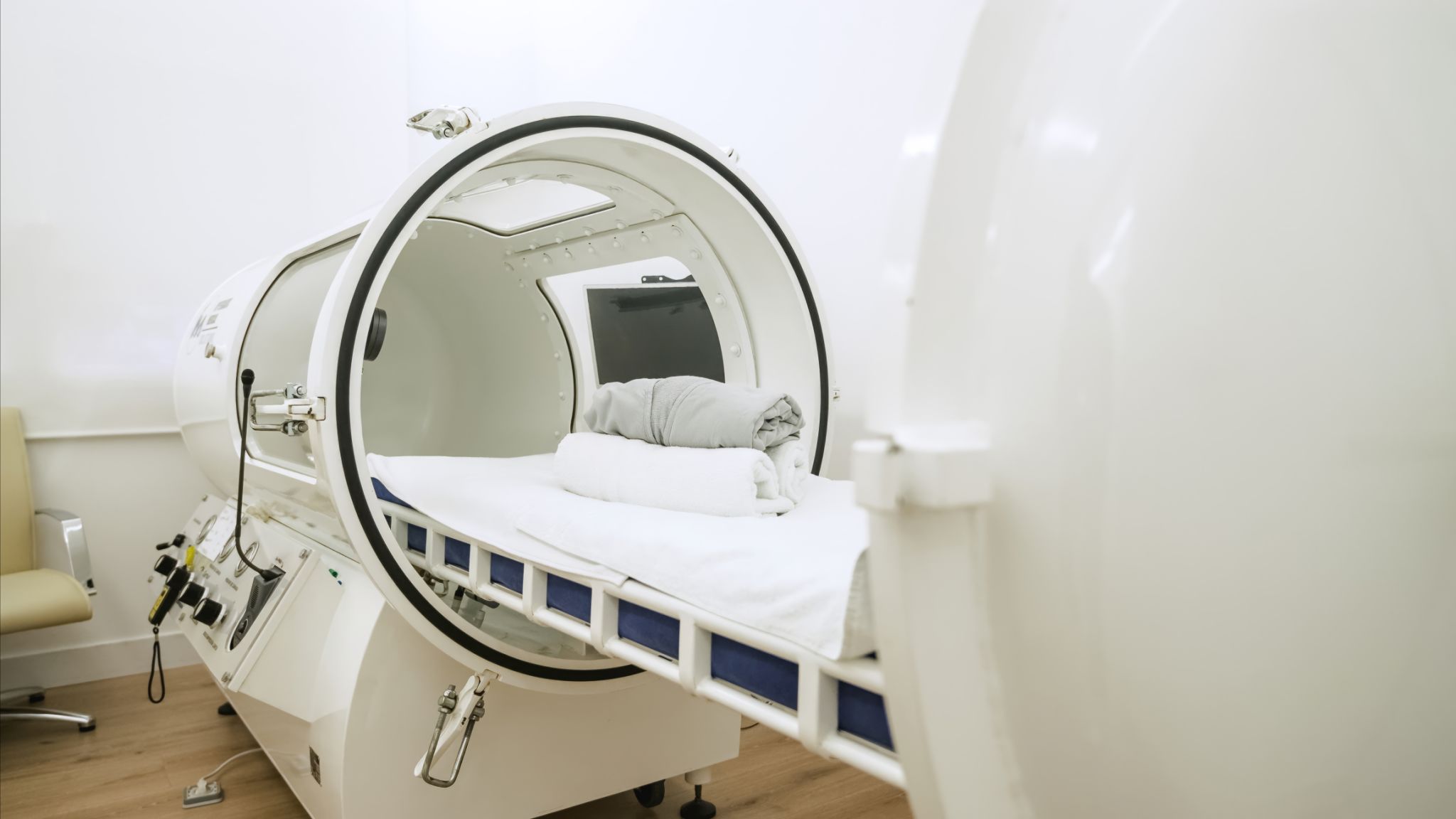The Science Behind Hyperbaric Oxygen Therapy (HBOT) and Its Benefits
VN
Understanding Hyperbaric Oxygen Therapy (HBOT)
Hyperbaric Oxygen Therapy (HBOT) is a medical treatment that involves breathing pure oxygen in a pressurized environment. Originally developed to treat decompression sickness in divers, HBOT has gained popularity for its broad range of health benefits. The science behind this therapy is fascinating, as it leverages the power of oxygen to accelerate healing and improve various medical conditions.

The Science of Oxygen Under Pressure
At its core, HBOT works by increasing the amount of oxygen your blood can carry. When you breathe in pure oxygen under increased atmospheric pressure, your lungs can gather more oxygen than they would at normal air pressure. This process significantly enhances the amount of oxygen dissolved in the blood plasma, allowing it to reach tissues throughout the body more efficiently. This increase in oxygen supply can aid in the body’s natural healing processes.
Cellular Repair and Regeneration
One of the most significant benefits of HBOT is its ability to promote cellular repair and regeneration. Oxygen is vital for cell metabolism, and increased levels can stimulate the growth of new blood vessels, enhance collagen production, and aid in wound healing. This makes HBOT particularly effective for patients with chronic wounds or those recovering from surgery.

Benefits of Hyperbaric Oxygen Therapy
HBOT offers numerous health benefits, which have been supported by scientific research. Some of the key advantages include:
- Improved Healing: By enhancing oxygen delivery to tissues, HBOT can expedite the healing of injuries and wounds.
- Reduced Inflammation: The therapy helps to decrease swelling and inflammation, making it beneficial for conditions like arthritis.
- Enhanced Immune Response: Oxygen-rich environments can improve the body’s ability to fight infections.
Neurological Benefits
In addition to physical healing, HBOT has shown promise in improving neurological conditions. Studies suggest that increased oxygen levels can help mitigate symptoms of brain injuries, strokes, and neurodegenerative diseases. The therapy may enhance cognitive function by promoting neuroplasticity and reducing inflammation in the brain.

Applications Beyond Medicine
While HBOT is primarily used for medical purposes, its potential applications extend beyond traditional healthcare. Athletes, for example, have turned to this therapy to improve recovery times and boost performance. The increased oxygen levels can help reduce muscle fatigue and accelerate recovery after intense physical exertion.
Considerations and Safety
While HBOT is generally considered safe, it is essential to undergo treatment under professional supervision. There are specific conditions where HBOT might not be advisable, such as certain lung diseases or ear problems due to pressure changes. Always consult with a healthcare provider to determine if this therapy is suitable for your individual needs.
The science behind Hyperbaric Oxygen Therapy is continually evolving, with ongoing research uncovering new insights into its mechanisms and benefits. As understanding increases, so does the potential for wider applications in enhancing health and well-being across various fields.
